2025 Chevrolet Tahoe and Suburban Get Stronger Diesel, Huge Wheels


There are also big screens, naturally. Everything's bigger!
Chevrolet on Wednesday pulled the sheets back on the 2025 Tahoe and Suburban. The two full-size SUVs have topped the class sales charts for years now, and this latest round of updates aim at maintaining that position with improvements to tech, safety, and capability.
Of course this wouldn't be a facelift without some exterior tweaks. Chevrolet has tidied up the front-end of these body-on-frame behemoths, with a simpler bumper design and more angular LED signature. The lighting elements are all thinner—and animated—and they pair with a more subtle grille. Out back, the taillights all feature a different interior element design.

There are also a bunch of new wheel designs, capped off with absolutely enormous 24-inch alloys on the RST and High Country trims. Two new colors also join the lineup: a gray and an eye-catching Lakeshore Blue Metallic.
Under the hood, Chevy is sticking to its tried-and-true small-block V8s. The 5.3-liter is standard on all trims bar the High Country, which uses a 6.2-liter variant. The larger engine is optional on the RST, Z71, and Premier. Also sticking around is the 3.0-liter inline-six Duramax turbo-diesel. This is the second generation of the motor though, producing 10-percent more horsepower than before, now 305 hp. Torque is also up, now hitting 495 pound-feet, making the Duramax the torquiest motor in the lineup. Chevy says it has improved the sound deadening and the air induction system for more quiet and refinement. We already thought the diesel was the best engine in the lineup; on paper, these changes only further cement that opinion.

New for 2025, the Duramax can finally be paired with the Z71 trim. It will arrive later in the production run however, in early 2025 after the rest of the lineup launches. No matter the trim or engine, every Tahoe and Suburban uses a 10-speed automatic transmission.
Chevrolet also says it has tweaked the multi-link rear suspension and the steering calibration. An adaptive air suspension and the excellent Magnetic Ride Control continue as options.

In the cabin, a large 17.7-inch central touchscreen is standard, possibly overshadowing the entirely new, lower dashboard design, which Chevrolet says improves visibility. The screen itself is angled slightly towards the driver for ease of use. There's an 11.0-inch digital instrument cluster as well.
A redesigned center console also brings new storage positions, while the wireless charging pad moves towards the front of the truck. Chevy has upped the material quality too, with more (real) wood and wingtip perforated leather on the High Country. That top-trim truck also gains a rich black-and brown color combo.

On the other tech front, Chevrolet has introduced additional towing assists, including Trailer Tire Health and Forward Path Indication, which provides an estimated turning path on-screen. Owners will be able to check their vehicles current load rating at any time via an app. Finally, the built-in Google Maps can base navigation routes on the size of the trailer, a feature we've only previously seen in the heavy-duty truck sphere. Maximum towing rates remain 8,400 pounds for the Tahoe and 8,200 pounds for the Suburban.
Rounding out the tech upgrades is a remote camera feature, dubbed Connected Cameras, which allows owners to remotely check the interior and exterior. Views and recordings are available via the myChevrolet mobile app, though some other features require an OnStar subscription. Super Cruise also joins the lineup, though like the diesel it will arrive slightly after the '25s touch down. There's also an automatic power liftgate, which opens "when it senses the key fob behind the vehicle." Which could be a pain, really.
The full-size twins will continue to be produced at GM's Arlington, TX assembly plant. They'll both go on sale late 2024; expect more detailed trim and pricing information closer to that time.
Become an AutoGuide insider. Get the latest from the automotive world first by subscribing to our newsletter here.

Kyle began his automotive obsession before he even started school, courtesy of a remote control Porsche and various LEGO sets. He later studied advertising and graphic design at Humber College, which led him to writing about cars (both real and digital). He is now a proud member of the Automobile Journalists Association of Canada (AJAC), where he was the Journalist of the Year runner-up for 2021.
More by Kyle Patrick




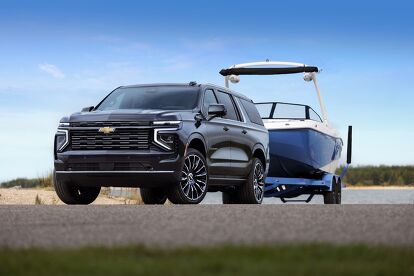




























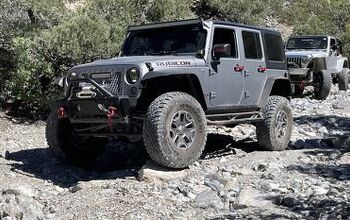


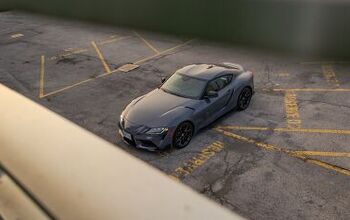



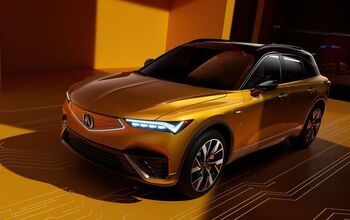



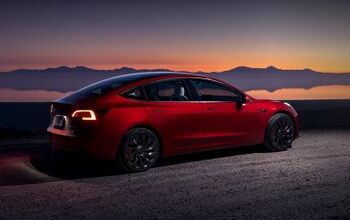
Comments
Join the conversation
Boxy design is a flex weaker propulsion systems can't handle and use aerodynamics a crutch. None of that crap going on here. Bucket list ride for sure, if you can swing it.